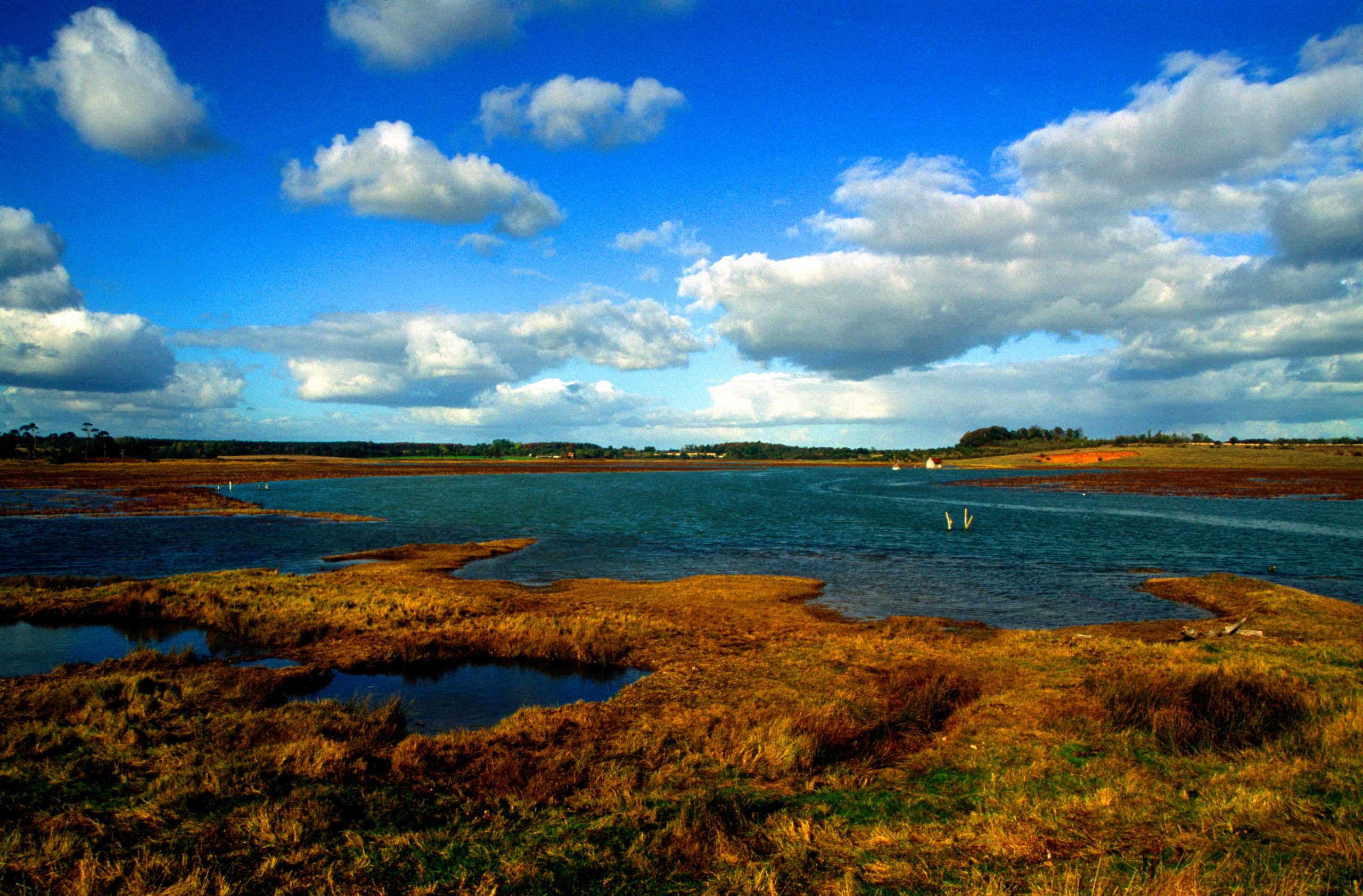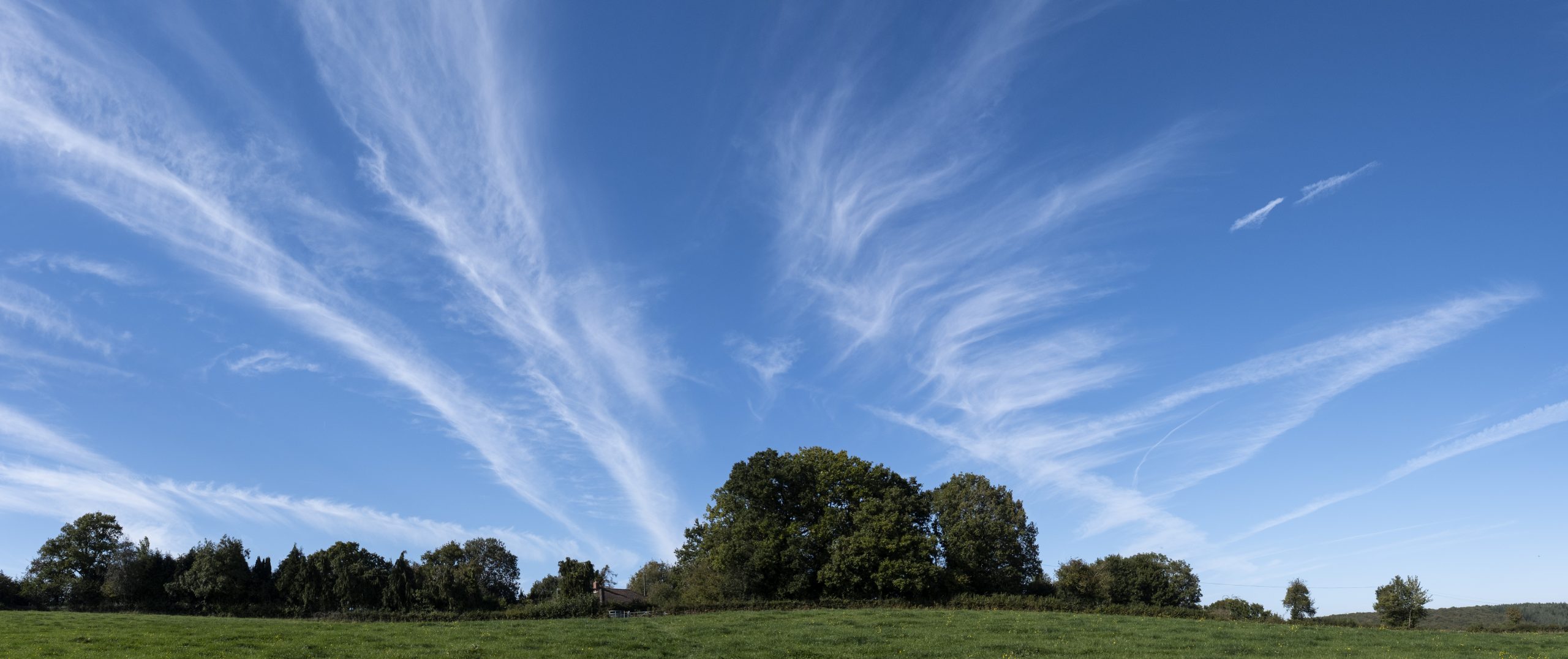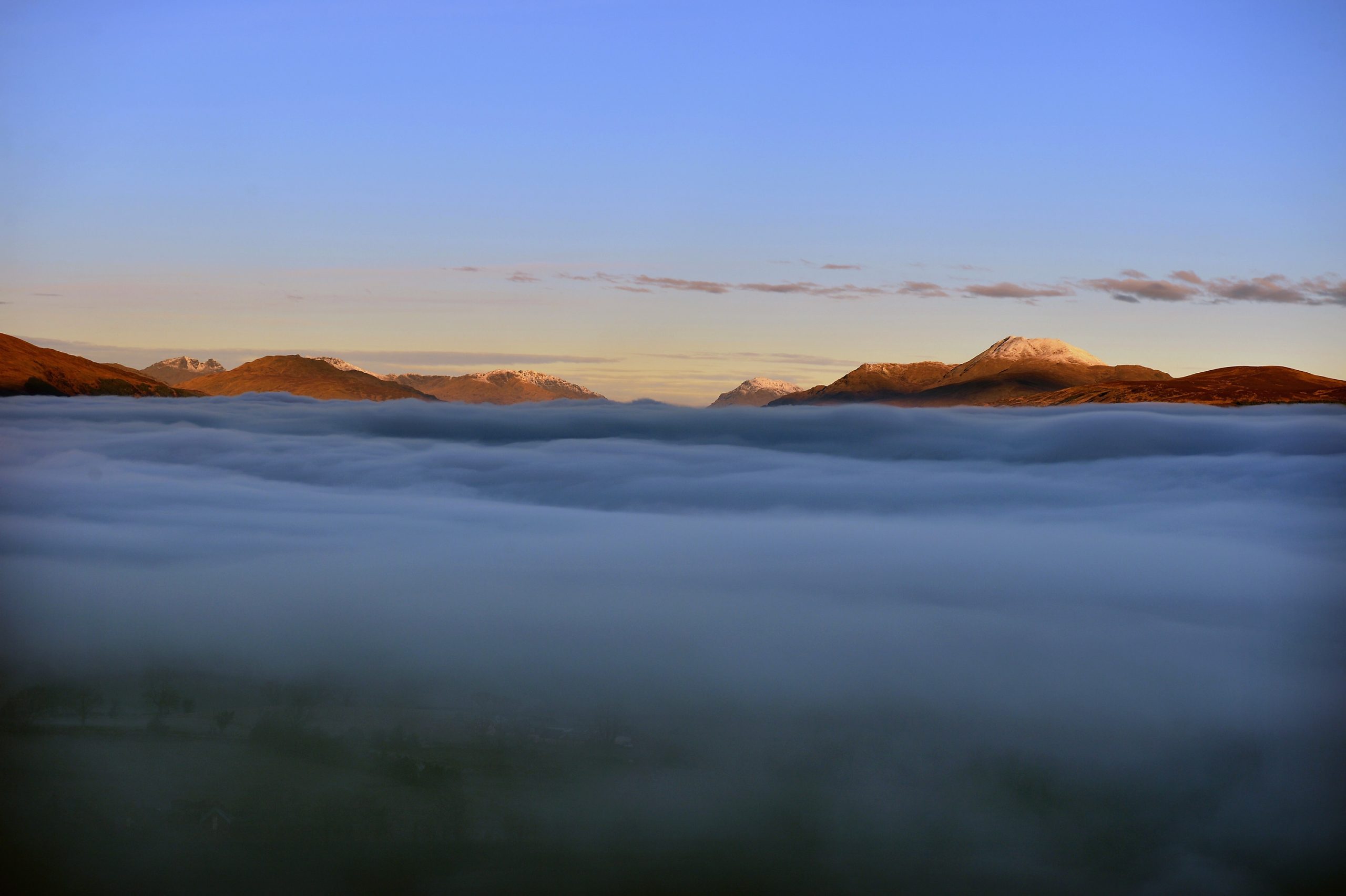Curious questions: Who first classified the clouds?
Martin Fone investigates the scientists so intrigued by cloud formations that they decided to sort them out into different types.


As a child, I was fascinated by cloud formations and often spent my time gazing into the far distance, imagining that I could see the shape of an animal or a face in one of the clouds.
In later life, I regarded the habit as a harmless form of pareidolia, perhaps even a sign of some latent streak of creativity within me, as some neuroscientists seem to think.
I was gratified to find that I shared this quirk with Shakespeare’s Prince of Denmark, who asks Polonius 'do you see yonder cloud that’s almost in shape of a camel?' (Hamlet, Act 3 Scene 2). Almost immediately he changes his mind, seeing at first a weasel, then a whale.
Whatever shape it really was, Shakespeare had put his quill on one of the key characteristics of clouds, their transient nature. Those whose livelihoods depended upon the climate were experienced enough to look at the sky, observe the cloud formations and deduce what weather they were bringing with them.

From the Renaissance onwards, artists, as they turned to pastoral subjects, were able to represent cloud formations with a high degree of accuracy but would be hard pressed to distinguish between them, let alone give them a name. Clouds seemed too individual and ephemeral to be worth the trouble of any form of rigorous classification.
The 17th century English scientist, Robert Hooke, was fascinated by the weather and kept meticulous diaries. He shared this passion with other scientists around Europe, but recognised that there was a need to maintain some consistency in what and how data were recorded.
In the early 1660s, Hooke compiled and distributed a set of instructions about the information they should collate, including temperature, wind direction and strength, and what he quaintly described as the 'Constitution and face of the Sky'.
Exquisite houses, the beauty of Nature, and how to get the most from your life, straight to your inbox.
His problem, though, was that, when it came to the faces of the sky, 'there are soe many that many of them want proper names'. Far from being disheartened, he resolved 'to agree upon some Determinate ones by which the most usuall may be in brief exprest'. In other words, he compiled his own classification system.
Hooke’s categories ranged from 'cleer blew', a blue sky devoid of clouds, to 'checkerd blew', a clear sky with white, round clouds as seen in summer, through to 'overcast' where the sun cannot break through, and 'hairy' where the clouds look like either 'curly' or 'straight' locks of hair or flakes of hemp.
'Waterd' signified a sky where the clouds were high, thin, and small, a phenomenon known as a 'mackerel sky' because of its resemblance to the scaly backs of the fish. 'Cloudy', according to Hooke, was to be used when the sky was full of thick, dark clouds and 'lowring' for a very overcast sky complete with numerous thick dark clouds which threatened rain.

Sadly, there is little evidence that Hooke’s system found much traction outside of his most fervent adherents. His classifications were not designed to describe clouds in themselves but rather the sky in which they appeared, and they made no attempt to associate types of weather with different cloud formations.
The latter part of the 18th century saw an explosion in scientific interest and a zeal to classify things logically, a trend influenced by Linnaeus, whose taxonomic masterpiece, Systema Naturae, grew so large that he had to invent the card index to handle all the information.
On June 8, 1783, there was an explosion of a different kind, when a volcano on Laki, off the Icelandic coast, erupted with a bang that was heard as far as India, disrupting agriculture globally to such an extent that it indirectly caused the deaths of up to 6 million people.
The ash cloud was thick enough to prevent British ships from leaving port and had a devastating effect on the weather. There was 'an unusual redness of the sun', fierce lightning storms, tornadoes, flash floods and reports of five-inch hailstones, leading the Newcastle Courant to observe that 'the oldest person living does not remember a year that has produced so much thunder and lightning as the present'.
This heightened interest in science, coupled with the deadliest volcanic eruption of all time, was to have a transforming impact on our understanding of clouds.

An eleven-year-old boy at the time of the eruption and fascinated by what was happening around him, Luke Howard started sketching the different skies and the cloud formations within them.
A successful pharmacist in his adult life, he pursued his scientific interests in his spare time, joining the Askesian Society, a debating club for amateur scientific thinkers, the rules of which required members to present an occasional paper or face a fine.
In December 1802, Howard revealed the results of his detailed analysis of the form and structure of the clouds, gained from his sketches, in a talk entitled 'On The Modification of Clouds'.
He put clouds into four basic categories, cumulus (Latin for heap), stratus (layer), cirrus (curl, surely a nod to Hooke’s hairy sky), and nimbus (rain), the first three indicating shape and the fourth its role as rain bringer.
Recognising that clouds often changed form from one to another as they passed across the sky, he developed categories, such as cumulo-stratus, cirro-stratus and cirro-cumulus, to accommodate these transitional changes.
He even noted that you could associate types of weather by observing the changes and transitions of clouds. So simple and comprehensive was Howard’s system that it was almost immediately adopted.
Technically, Howard was beaten to the draw by a Frenchman, Jean-Baptiste Lamarck. By 1802, he had identified five broad families of clouds, expanding them to twelve by 1805, loosely based on appearance.
He seemed content with defining and naming some interesting forms rather than producing a comprehensive classification system à la Howard. There were hazy clouds (en forme de voile), massed clouds (attroupés), dappled clouds (pommelés), broomlike clouds (en balayeurs), and grouped clouds (groupés).

Inevitably, there was some overlap in their work, four of Lamarck’s cloud families appear in Howard’s classification system, but there is no evidence that they were working other than independently.
Indeed, Lamarck’s work was barely acknowledged in his homeland, his use of rather poetic French nomenclature rather than Howard’s more prudent choice of Latin, the lingua franca of the scientific world which gave his system the patina of authority, perhaps counting against him. His decision to publish his paper in the Annuaire Meteorolique, a journal famed for issuing forecasts based on astrological data, probably did not help either.
Howard’s influence spread further than the narrow confines of scientific communities. His paper was reprinted in 1813 in Thomas Forster’s Researches About Atmospheric Phenomena, inspiring JMW Turner’s detailed studies of clouds and influencing Constable and Friedrich, amongst others, in their treatment of cloud formations.
His original sketches are now held in the Science Museum and a blue plaque, erected in 2002 at 7, Bruce Grove in Tottenham, marks the house where he lived until his death in 1864. It is his time to come out of the shadows again.

Curious Questions: Who invented tennis?
It's 150 years since the All England Lawn Tennis and Croquet Club was formed – though originally it was solely for

Curious Questions: What caused Tulipmania?
After graduating in Classics from Trinity College Cambridge and a 38 year career in the financial services sector in the City of London, Martin Fone started blogging and writing on a freelance basis as he slipped into retirement. He has developed a fearless passion for investigating the quirks and oddities of life and discovering the answers to questions most of us never even think to ask. A voracious reader, a keen but distinctly amateur gardener, and a gin enthusiast, Martin lives with his wife in Surrey. He has written five books, the latest of which is More Curious Questions.
